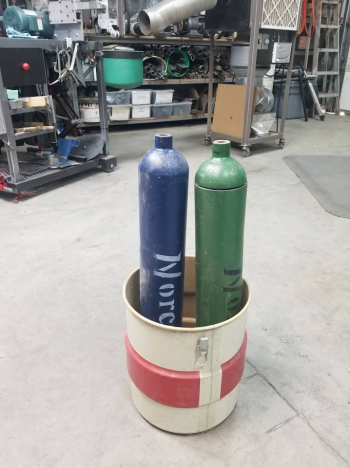MTBob
Well-Known Member
I'm about to change my quench oil from using only Canola to both Parks 50 and Parks AAA depending on which steel I'm using. I understand from USAKnifemaker website that Parks AAA works best with oil pre-heated to around 120°F. I also read that Parks 50 should not be allowed to exceed 120°F", but nothing is mentioned about a minimum temperature.
So, here are my questions:
- What is the workable temperature range for Parks AAA - Low to High? Can I start the oil at say,100 and go to 130... or some other range?
- What is the workable temperature range for Parks 50? I read the instructions to mean that I can start at room temperature and go to as high as 120? Is that right?
- During multi-blade quenching cycle is it practical to use a chunk of cold steel to absorb heat (a heat sink) if the upper temperature limit is exceeded?
So, here are my questions:
- What is the workable temperature range for Parks AAA - Low to High? Can I start the oil at say,100 and go to 130... or some other range?
- What is the workable temperature range for Parks 50? I read the instructions to mean that I can start at room temperature and go to as high as 120? Is that right?
- During multi-blade quenching cycle is it practical to use a chunk of cold steel to absorb heat (a heat sink) if the upper temperature limit is exceeded?

